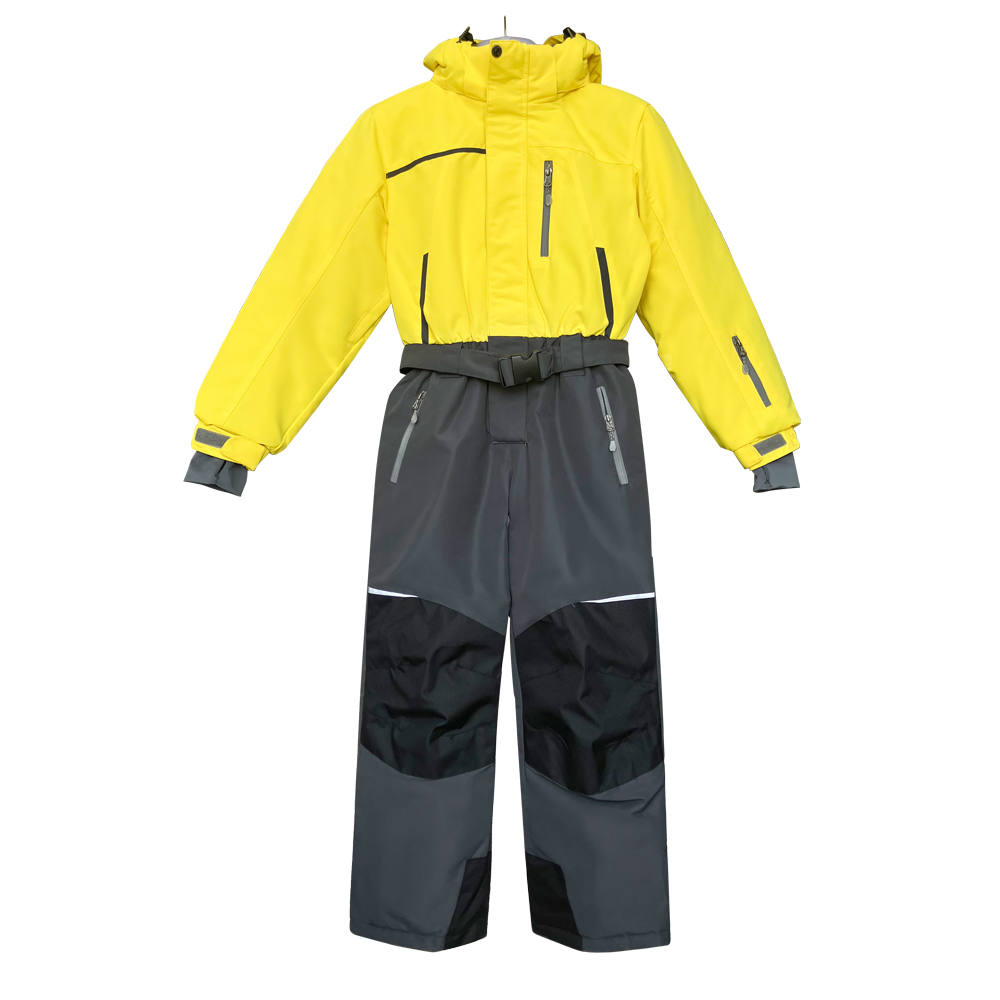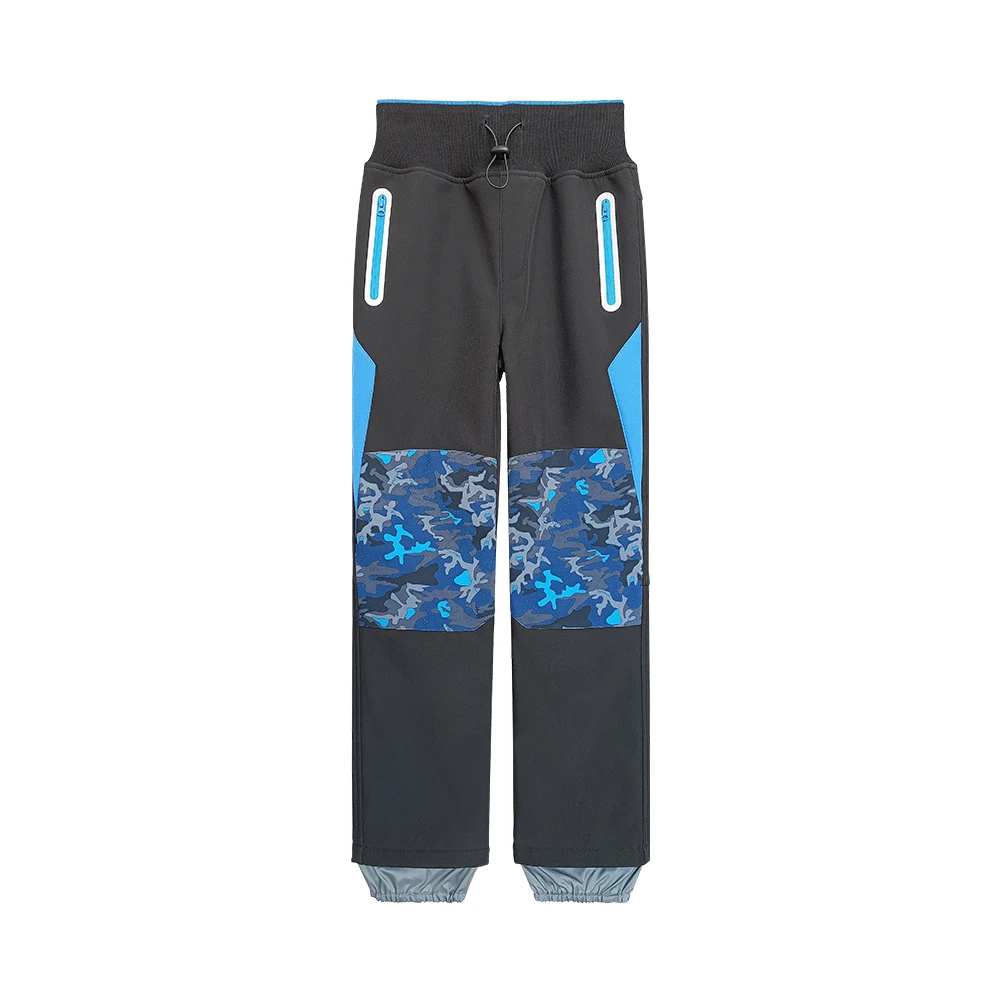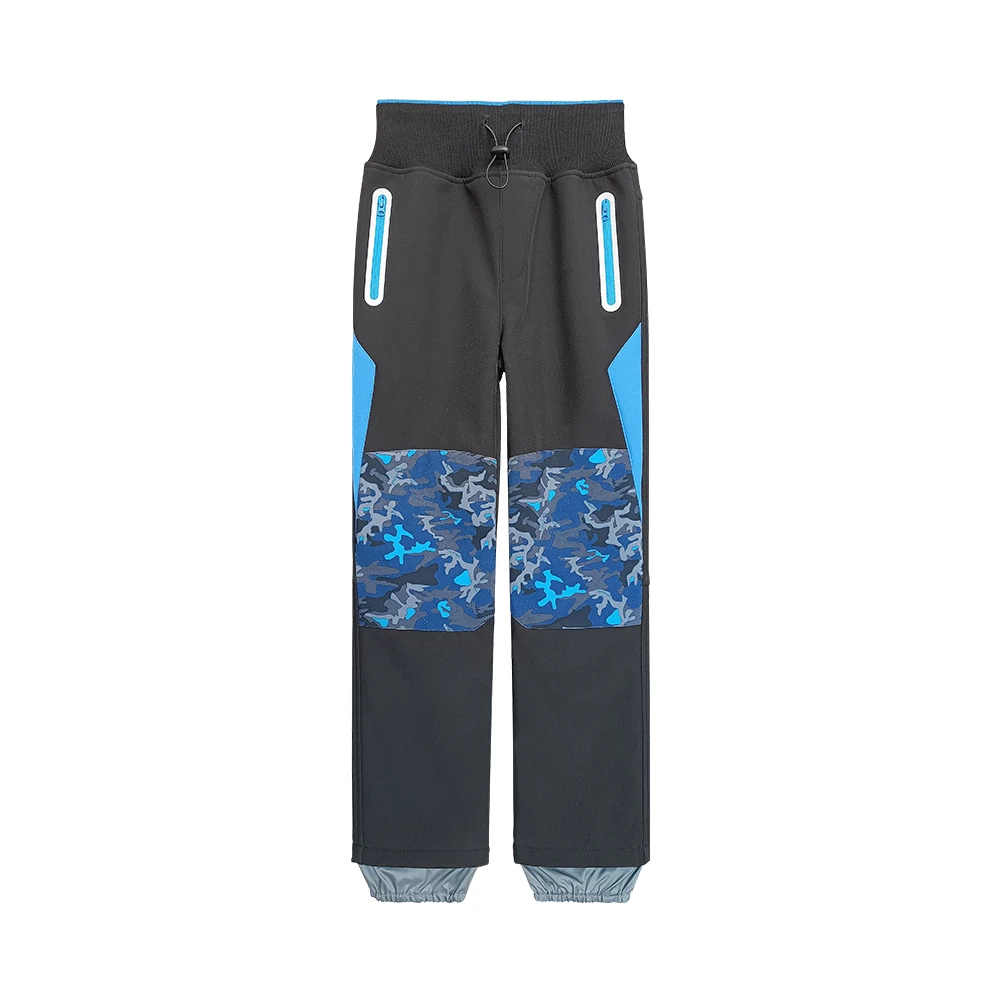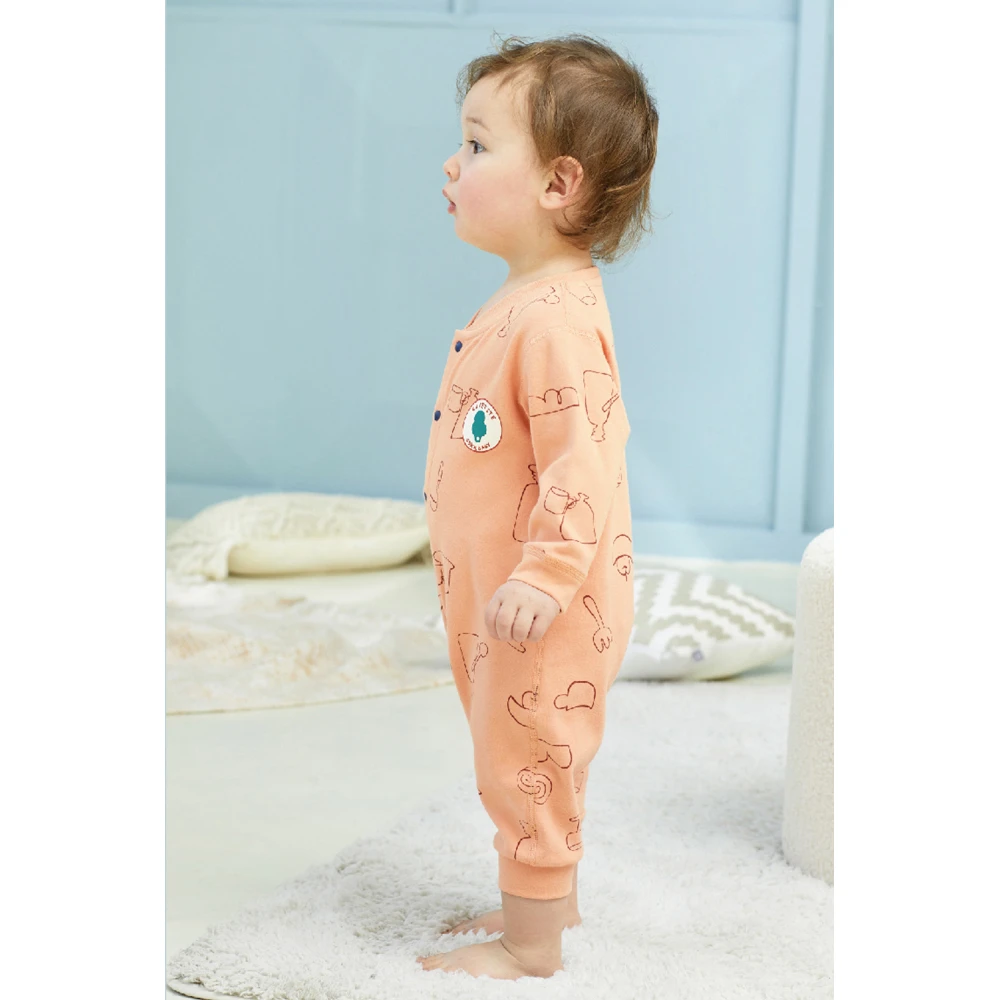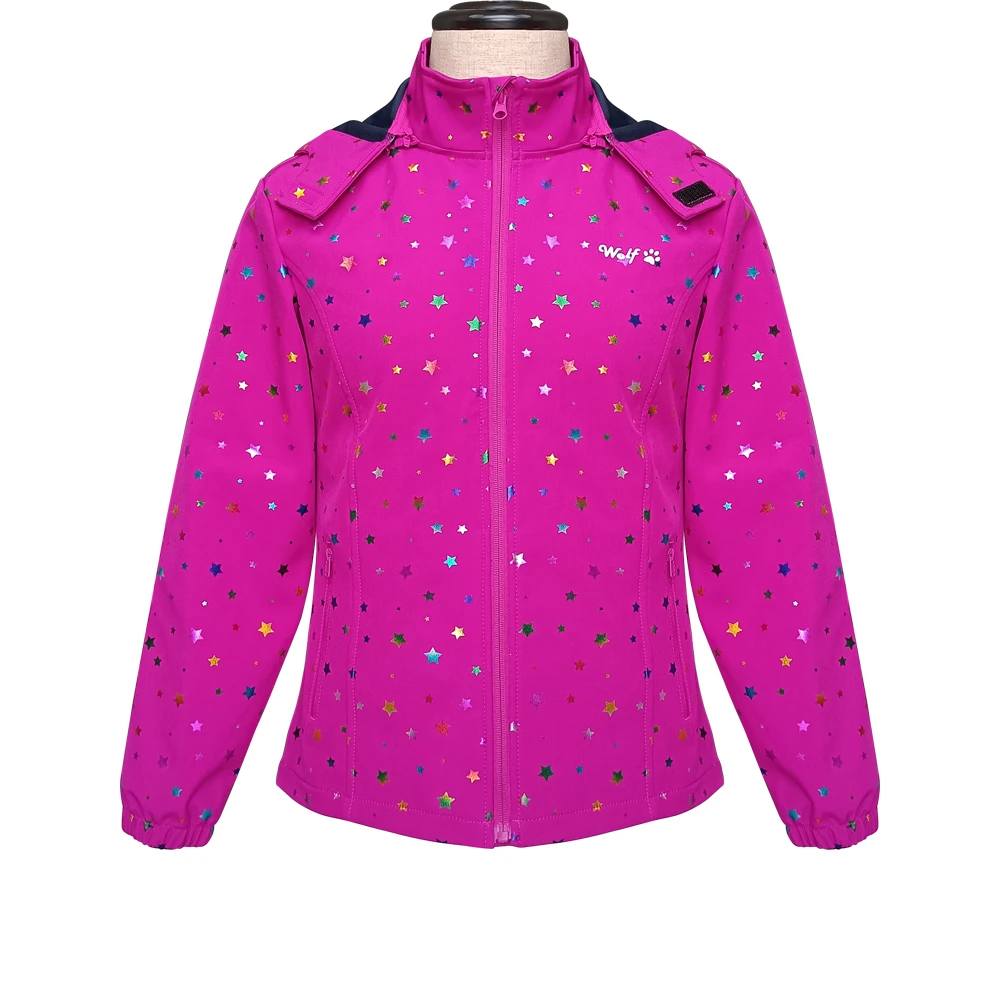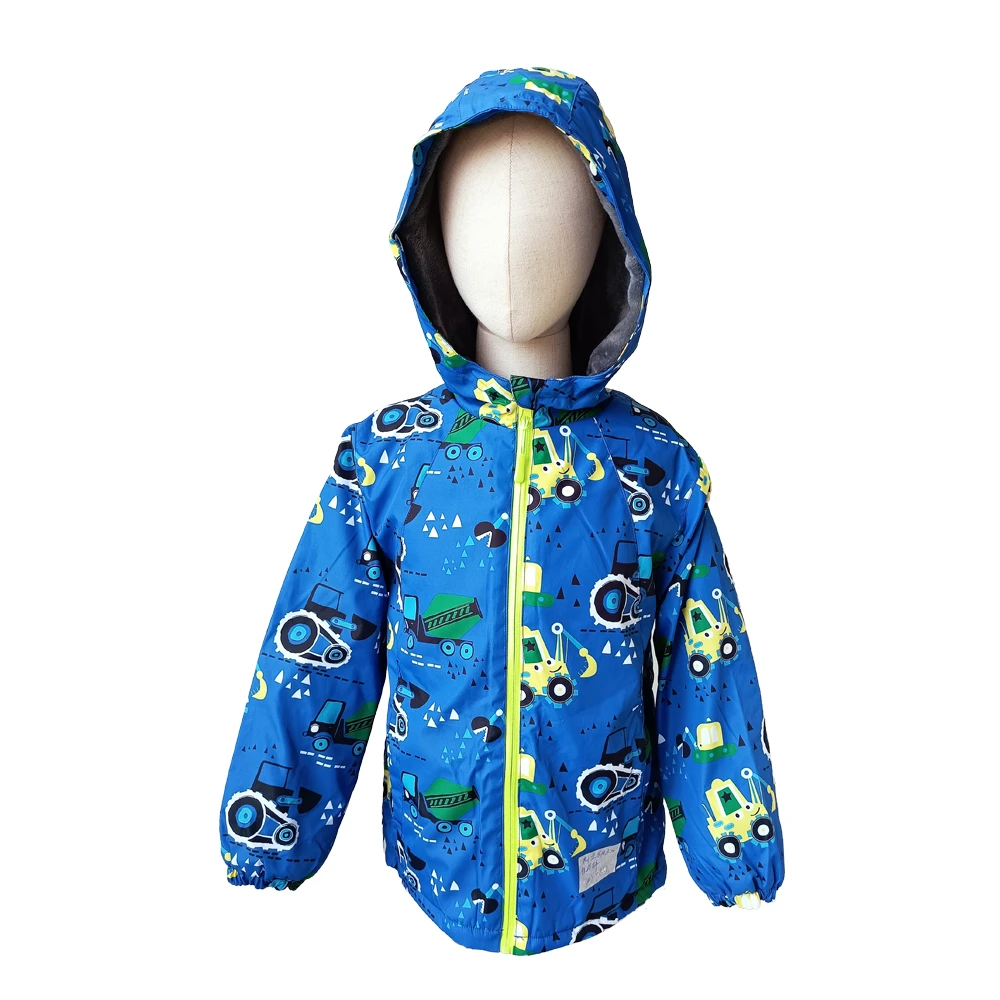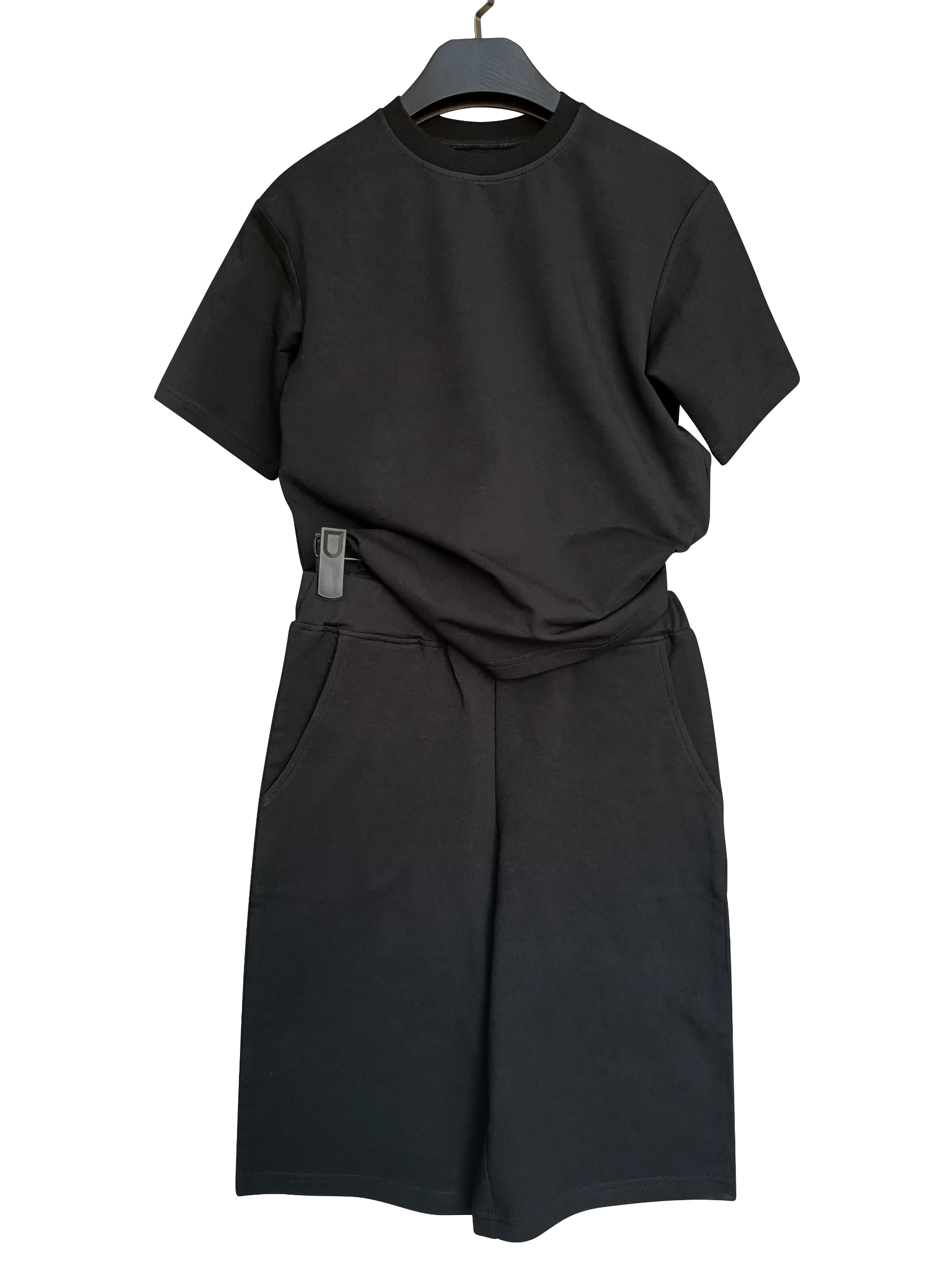Designing Children's Clothing A Blend of Fashion, Function, and Fun
Designing children's clothing is both an art and a science, merging creativity with practicality to meet the unique needs of young wearers. Unlike adult fashion, children's apparel must focus on comfort, safety, and durability—all while remaining stylish and appealing to both children and their parents. This article delves into the key considerations and trends in designing children's clothing today.
The Importance of Comfort
First and foremost, comfort is paramount in children's clothing design. Kids are naturally active, spending most of their time running, climbing, and playing. Fabrics should be soft, breathable, and flexible to allow for a full range of movement. Natural fibers such as cotton and bamboo are popular choices, as they are gentle on the skin and help regulate body temperature. Additionally, avoiding clothing with scratchy tags or seams is essential to keep kids feeling comfortable.
Safety First
Safety is another critical consideration when creating children's clothing. Designers must ensure that garments are free from hazardous materials and that small parts, such as buttons or embellishments, are securely attached to prevent choking hazards. Clothing for younger children should also be flame-resistant, and the use of drawstrings in hoods can pose a strangulation risk, leading to guidelines advocating for their elimination in children's designs. These safety standards not only protect the children but also provide peace of mind for parents.
Durability and Practicality
Kids can be rough on their clothes, which makes durability a significant factor in their design. Fabrics that are stain-resistant and easy to wash will help garments withstand the rigors of daily wear. Reinforced stitching and the use of additional layers in areas prone to wear, such as knees and elbows, can extend the life of clothing. Furthermore, practical features like adjustable waistbands, pockets, and easy-to-use closures (such as Velcro or magnetic snaps) cater to the needs of both parents and children.
Evolution of Style
designing children's clothing

As the fashion industry continues to evolve, so does children's clothing. Designers are increasingly influenced by adult fashion trends, incorporating them into children’s lines while maintaining practicality. Vibrant colors, playful patterns, and exciting graphics resonate well with young audiences. The rise of gender-neutral clothing has also transformed the landscape, allowing children more freedom in expressing their personal style without the constraints of traditional gender norms.
The Role of Sustainability
Today’s consumers are more aware of environmental issues than ever before, prompting a shift towards sustainable fashion, including in children's wear. Designers are increasingly opting for organic and recycled materials, reducing waste, and prioritizing eco-friendly production processes. Brands that promote sustainability often resonate with parents who seek to instill values of environmental responsibility in their children. This trend not only seeks to minimize ecological impact but also emphasizes the importance of ethical production practices.
Customization and Personal Expression
One exciting trend in children’s clothing design is the move towards customization. Many brands now offer personalized clothing options, allowing children to choose their designs, colors, and even add their names. This not only makes the clothing unique to each child but also fosters a sense of ownership and pride in their wardrobe. Customizable items promote self-expression, an essential aspect of childhood development.
Influencing Factors Technology and Media
The impact of technology and media on children's fashion cannot be overlooked. The rise of social media platforms and digital influencers has changed how kids and parents approach fashion. Kids are now exposed to style inspiration from a young age, often influenced by their favorite characters from cartoons, video games, or YouTube channels. As a result, children's clothing designers must stay attuned to these trends, ensuring that their collections remain relevant and appealing to the young fashion-savvy crowd.
Conclusion
Designing children's clothing is a multifaceted process that involves understanding the needs and preferences of both children and parents. By prioritizing comfort, safety, durability, style, and sustainability, designers can create garments that not only look good but also serve their purpose effectively. As fashion continues to evolve, the focus on customization and the influence of technology only strengthen the bond between children and their clothing. Ultimately, the goal is to create clothing that allows children to express themselves freely while embodying the joy and creativity of their formative years.


